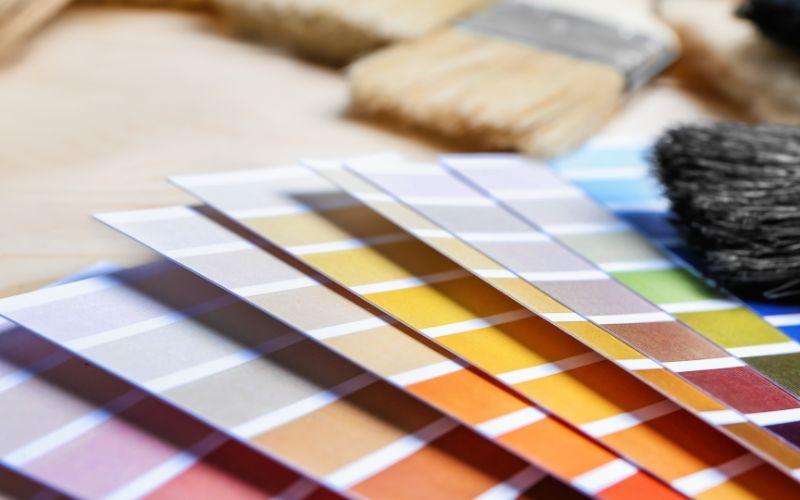When it comes to decorating spaces, the colors you choose can have a profound impact on the mood and atmosphere. This is something that commercial painter contractors like Next Step Painting are keenly aware of, as they help transform not just the appearance of a room, but also how it feels to those who inhabit it. Let’s explore how different colors influence emotions and how to best use them in various settings.
Understanding Color Psychology
Color psychology is the study of how colors influence human behavior and emotions. While the effects of colors can be subjective, certain hues have been generally associated with specific feelings:
Warm Colors: Red, Orange, and Yellow
- Red is a powerful color that can evoke strong emotions like passion, excitement, or even anger. It’s a great choice for spaces where energy is needed, like dining rooms or living rooms.
- Orange is welcoming and invigorating, making it perfect for social spaces such as kitchens or playrooms.
- Yellow radiates warmth and happiness. This color works well in kitchens and bathrooms, where you want to create a bright, cheerful environment.
Cool Colors: Blue, Green, and Purple
- Blue is calming and serene, often used in bedrooms and bathrooms to promote relaxation. However, too much blue can feel cold, so it’s best balanced with warmer accents.
- Green symbolizes nature and tranquility. It’s versatile enough for almost any room but shines in spaces where a refreshing, calm vibe is desired, like bedrooms or home offices.
- Purple carries a sense of luxury and creativity. Lighter shades can create a peaceful atmosphere, while deeper purples add drama and sophistication, ideal for living rooms or bedrooms.
Neutral Colors: White, Gray, and Brown
- White represents purity and simplicity, often used to make spaces feel larger and more open. It’s commonly seen in kitchens, bathrooms, and modern living rooms.
- Gray is timeless and balanced, offering a sophisticated backdrop that pairs well with both vibrant and muted colors. It’s a popular choice for offices and living rooms.
- Brown brings warmth and stability, often associated with comfort. It’s perfect for cozy spaces like living rooms or studies.
Choosing the Right Colors for Different Settings
1. Living Rooms
- Best Colors: Warm tones like beige, light brown, or muted yellows.
- Why: These colors create a welcoming, comfortable space where people can relax and socialize.
2. Kitchens
- Best Colors: Bright yellows, soft greens, or warm reds.
- Why: These shades make kitchens feel lively and inviting, encouraging gatherings and conversations.
3. Bedrooms
- Best Colors: Soft blues, gentle greens, or light purples.
- Why: These cool tones promote relaxation and restful sleep, perfect for winding down after a long day.
4. Offices
- Best Colors: Neutral grays, greens, or soft blues.
- Why: These colors foster concentration and calm, creating a productive work environment.
5. Bathrooms
- Best Colors: Crisp whites, soft blues, or serene greens.
- Why: These colors evoke cleanliness and tranquility, ideal for a refreshing space.
Conclusion
Color is more than just a visual experience; it’s a powerful tool that can shape the way we feel in a space. When working with a commercial painter contractor, understanding the psychological effects of color can help you create environments that not only look good but also support the desired mood and function of each room. Whether you’re looking to energize, relax, or inspire, there’s a color that can help you achieve your goal.






